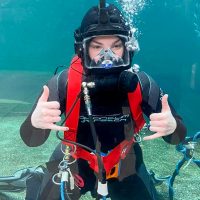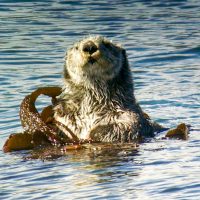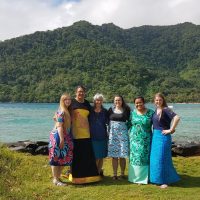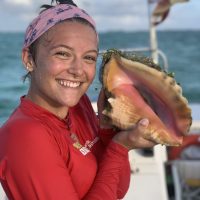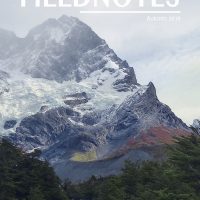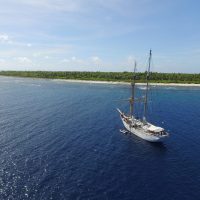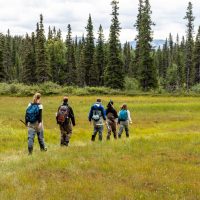Filter Results
Dive in with SAFS undergraduate alumna Sarah Yerrace
Less than two months after taking my last final exam as a SAFS undergrad, I packed two small duffel bags and left Washington. I flew across the country to Charleston, South Carolina, to start a dive internship with the South Carolina Aquarium.
Read moreFood for thought: foraging behavior of Washington’s sea otters
Learn how SAFS PhD student Jessie Hale examines patterns in sea otter feeding over time and space along the Washington coast.
Read moreHelena McMonagle awarded National Science Foundation Graduate Research Fellowship
Three graduate students from the College of the Environment have been awarded the National Science Foundation (NSF) Graduate Research Fellowship, which recognizes and supports outstanding graduate students in science, technology, engineering and mathematics. This year’s awardees include Irita Aylward and Zoe Krauss from the School of Oceanography, and Helena McMonagle from the School of Aquatic and Fishery Sciences.
Read moreSpotlight on SAFS Research in the Tropics and Arctic
SAFS’ global network is one of its greatest strengths, providing nearly limitless opportunities for scientific and personal discovery. Explore some of our research highlights, spread across tropical and northern latitudes, through an interactive map. Deep dive into our new and exciting projects that provide students interdisciplinary study abroad experiences.
Read moreIsland Time: Student Spotlight with Delaney Lawson
Last quarter we caught up with Delaney Lawson who was down on South Caicos as part of a study abroad experience with the School for Field Studies (SFS)
Read moreHot Water: The intersection of culture, politics, and ecology in India
Ethen Whattam, an undergraduate student in the UW School of Aquatic and Fishery Sciences, recently returned from India, where he spent 10 months studying as a recipient of the Boren Scholarship. Whattam, along with the other student awardees, was given the opportunity to immerse himself in the Hindi language and culture, while researching the country’s complex relationship with water.
Read moreAn Interview with FieldNotes
Exploring the Phoenix Islands Protected Area with SEA Semester
Andrew Chin, a senior double majoring in Aquatic and Fishery Sciences and Marine Biology shares his month-long experience sailing South Pacific with the SEA Semester program
Read moreBoots in the Mud: A Summer with the Alaska Salmon Program
Students fly 1,777 miles northwest of Seattle and spend a month with the Alaska Salmon Program at their field stations on the banks of Lake Aleknagik and Lake Nerka. Part of the larger Wood River system, these lakes, their creeks, and the surrounding wilderness serve as a “living laboratory” where students are immersed in one of the most valuable salmon fisheries on the planet.
Read moreAn overlooked carbon source to an important freshwater fishery may be under threat
By Ben Miller, SAFS student
When you first arrive at the community of Kampong Phluk, your neck cranes up bamboo stilts to meet the chatter of families in houses high above. From the top of what guidebooks call “bamboo skyscrapers,” locals gaze over the tops of submerged trees, a glittering, island Buddhist temple, and clusters of floating fishing villages in the distance.
